Every business has inherent risks. Identifying and planning for those risks will help you reap rewards.
What is a Risk Management Plan?
A risk management plan is a document that outlines the potential risks to a project or business and the strategies to mitigate or address those risks. It is a critically important tool for identifying, assessing, and prioritizing risks that affect a business, and it informs solutions to minimize or avoid them.
Why Does Your Business Need a Risk Management Plan?
A current and comprehensive risk management plan helps protect a business from financial losses and legal liabilities. It helps protect an organization’s assets and minimize the impact when risks become realities. A risk management plan also helps companies remain HR and OSHA compliant and avoid penalties, fines, or reputation damage by identifying any regulation issues that may exist.
How Do You Create a Risk Management Plan?
- Baseline Assessment: Identify all potential risks that could impact your project or organization. This includes a review of current programs and safety policies.
- Analytics: Review and analyze performance reports such as Top Loss Driver report and Injury Frequency Rates report.
- Risk Control: Develop risk response strategies. Plan what actions to take if a risk occurs, such as avoiding, accepting, mitigating, or transferring the risk. Communicate the plan to stakeholders and ensure that appropriate measures are in place.
- Claims Management: Conduct an initial claims review and continue with quarterly reviews. With each claims review, revisit and update your risk management plan to ensure it remains effective.
What is the 80/20 Risk Rule?
The 80/20 rule, or the Pareto principle, applies to many business situations, such as 80% of a company’s revenue comes from 20% of its customers. The same holds true with risk, 80% of your risks are likely to come from 20% of your threats, and 80% of those risks can be tackled with 20% of your risk response strategies. If you look at your risk response strategies, most likely you’ll discover strategies that address more than one threat. For example, having insurance might help offset the potential impact of both property damage from a fire and from a reckless employee. Achieving 80% of your results from 20% of your efforts is too significant to ignore, so pay attention to the 80/20 rule.
What are Common Mistakes with a Risk Management Plan?
At Muir Insurance Group we see a lot of companies that don’t take the time to complete a Risk Management Plan prior to renewing their insurance. Instead, they get three bids based on their current policies. Using this approach can cost companies thousands of dollars on coverage they don’t need or leave them exposed by not having the right insurance to address their risks.
By not having a risk management plan, it’s likely a business will not get the best pricing. Carriers want to insure companies who are dialed in on their risk management plan and will offer up the best pricing to win the business.
